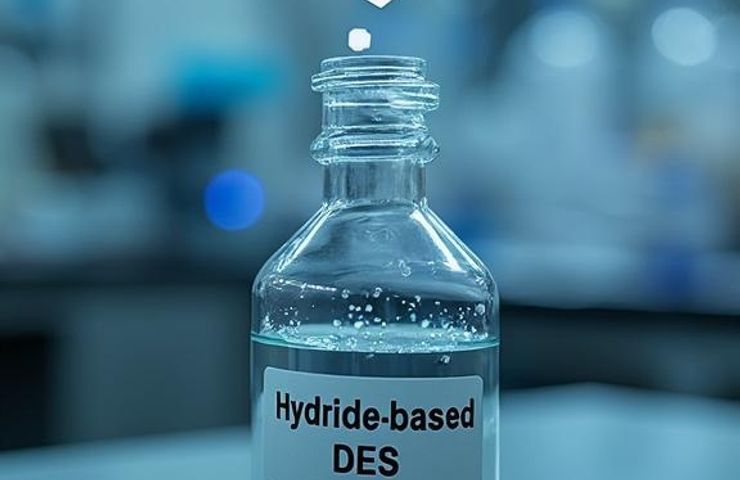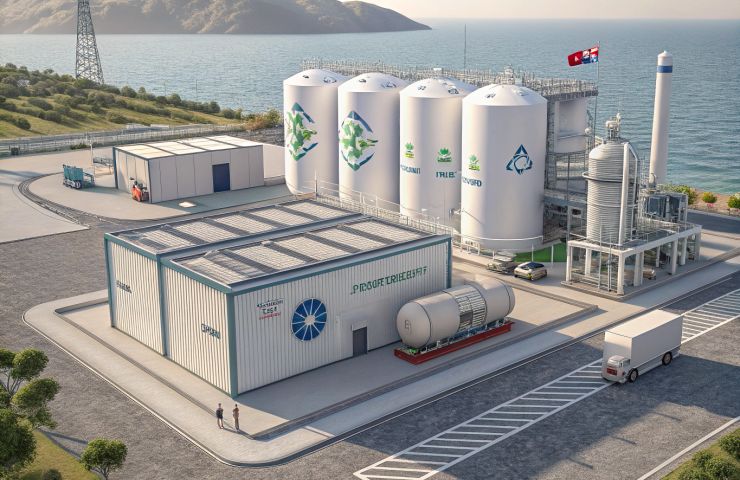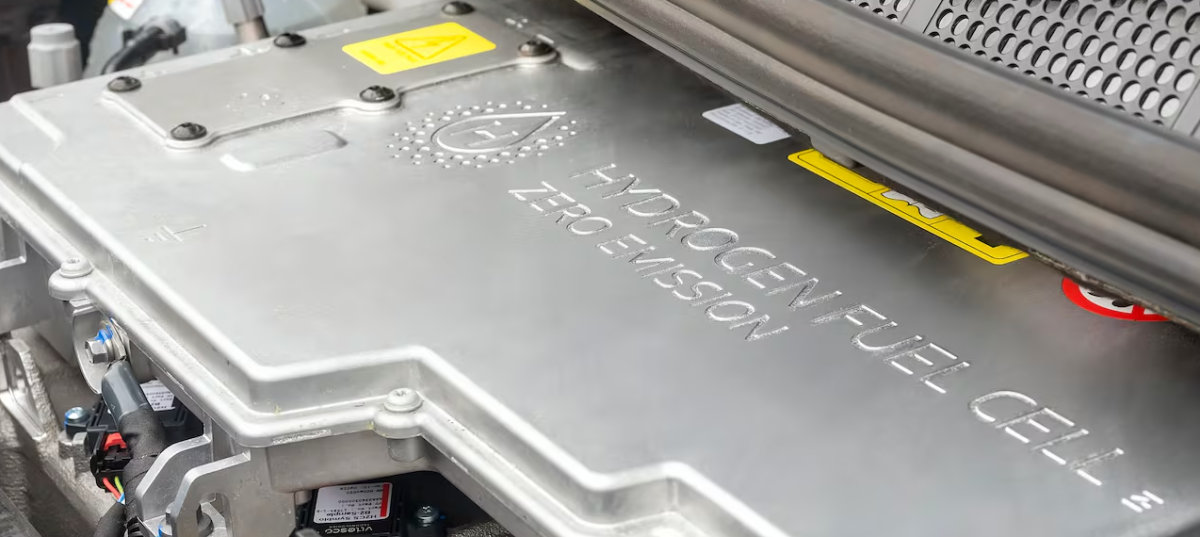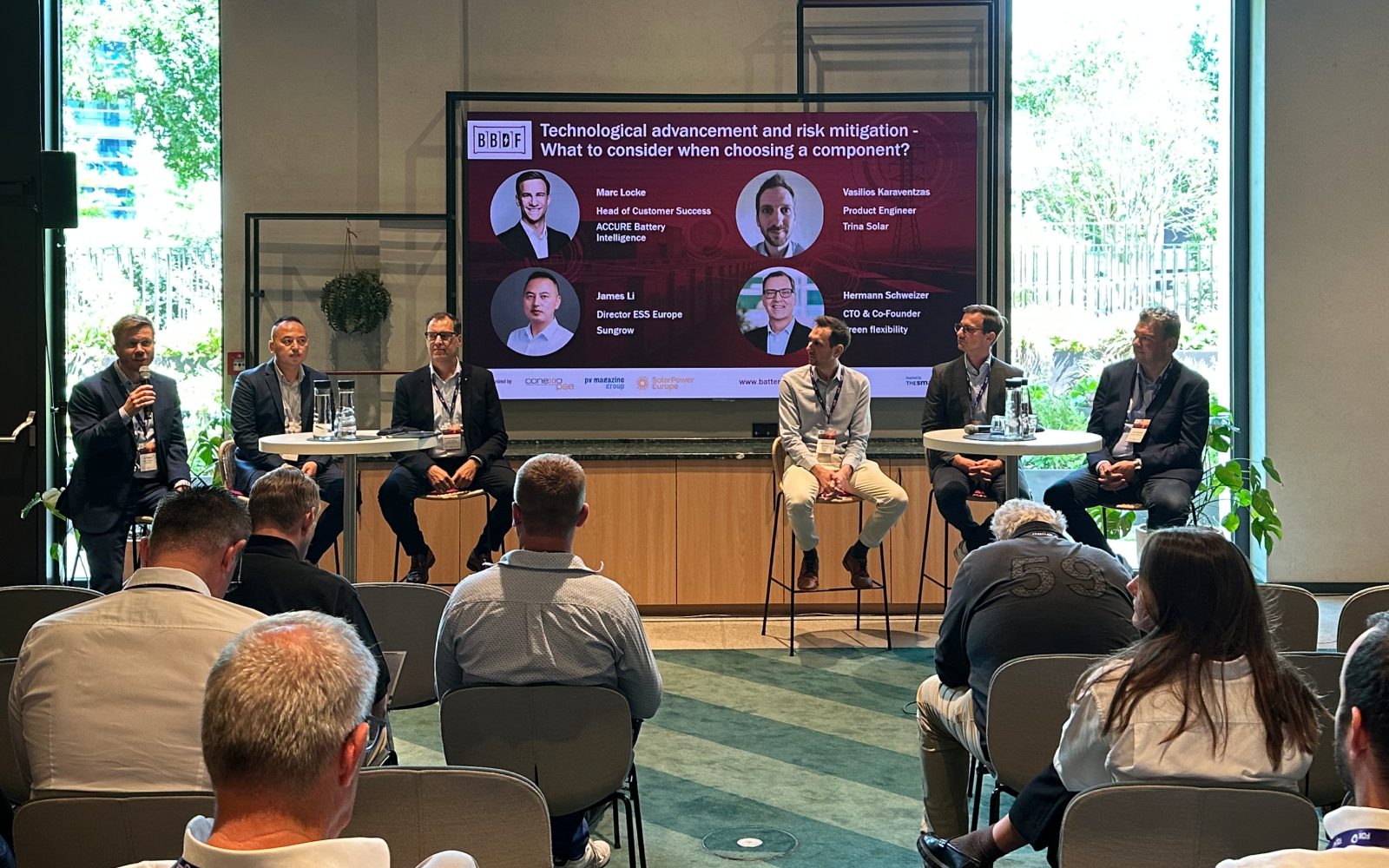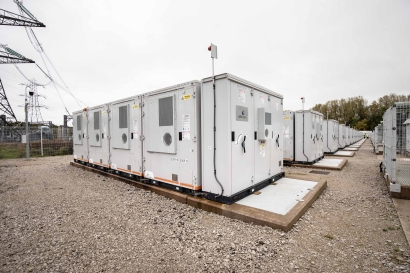Hydrogen Fuel Cells Take Flight: Zepher Z1 UAV Hits 12,000 ft in Breakthrough Demo
Zepher Flight Labs (ZFL) has hit an exciting new milestone in the world of unmanned aerial systems. On July 15,…
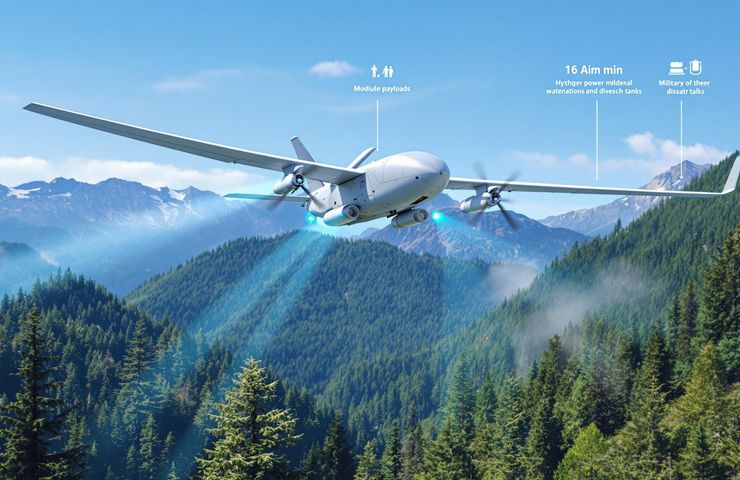

Zepher Flight Labs (ZFL) has hit an exciting new milestone in the world of unmanned aerial systems. On July 15, 2025, the U.S.-based company, known for its work with hydrogen-powered UAVs, successfully flew its Z1 UAV to a density altitude of 12,000 feet—vertically, and with a full payload on board.
Fuel cell technology takes flight
This accomplishment proves that fuel cell-powered drones aren’t just cool tech—they’re practical, reliable, and ready for real missions. The Z1 is capable of flying for over 10 hours, thanks to its advanced hydrogen fuel cell propulsion. It’s whisper-quiet, produces zero emissions, and is built for demanding tasks like intelligence, surveillance and reconnaissance (ISR), or humanitarian disaster response.
Pushing boundaries with UAV production
Backed by the Army Research Labs and developed in partnership with Mach Industries, ZFL is pushing the envelope even further. The team’s next goal is to get the platform up to an operational altitude of 20,000 feet. If they get there—and they’re on their way—it’ll be a big step for both national defense and cutting-edge sustainable energy applications in aviation.
Leading the charge for zero-emission technology
With its mix of clean hydrogen fuel cells, long endurance, and high-altitude capabilities, the Z1 UAV is shaping up to be a game changer. It’s a prime example of what happens when innovation meets a real commitment to zero-emission technology and smarter UAV production. And as the push for more sustainable tech continues, projects like this are lighting the way forward.
What's Your Reaction?
























